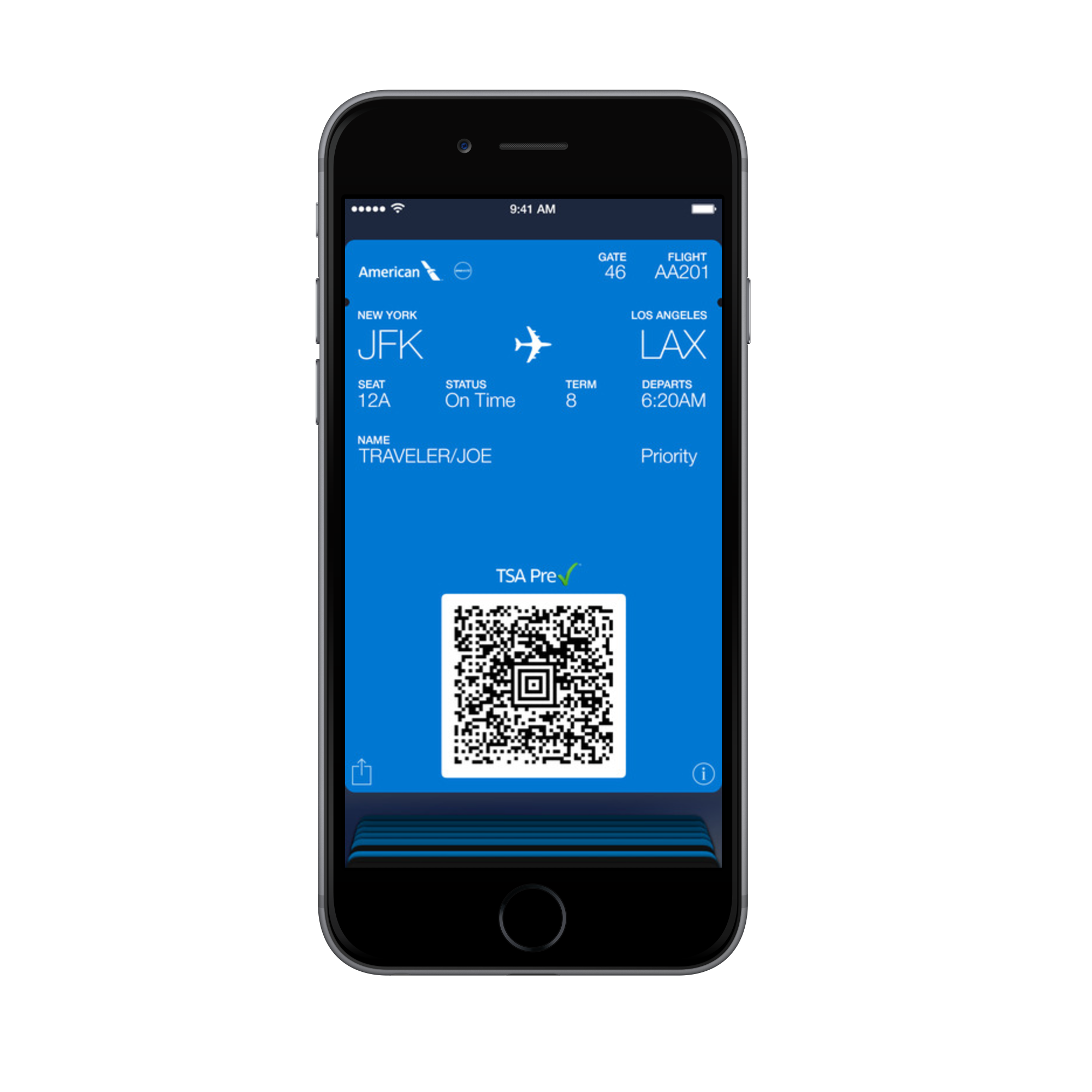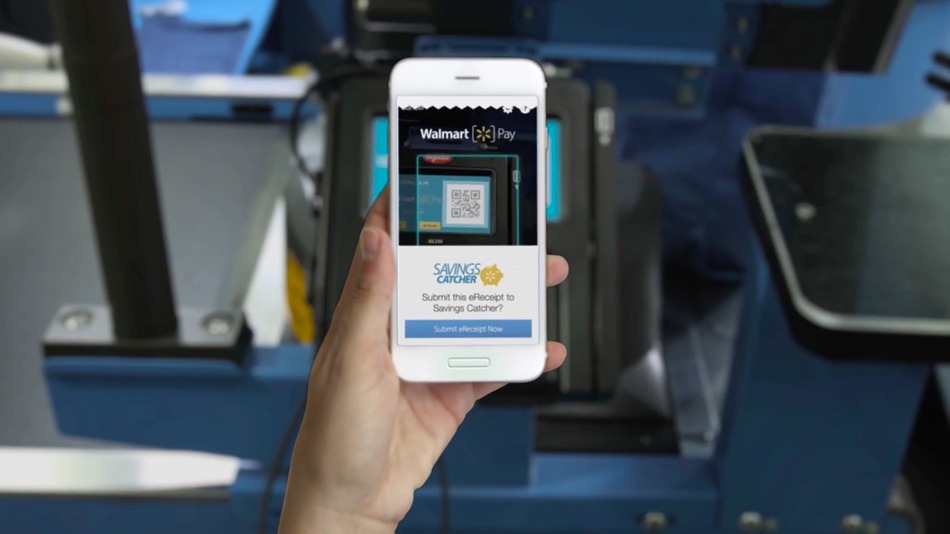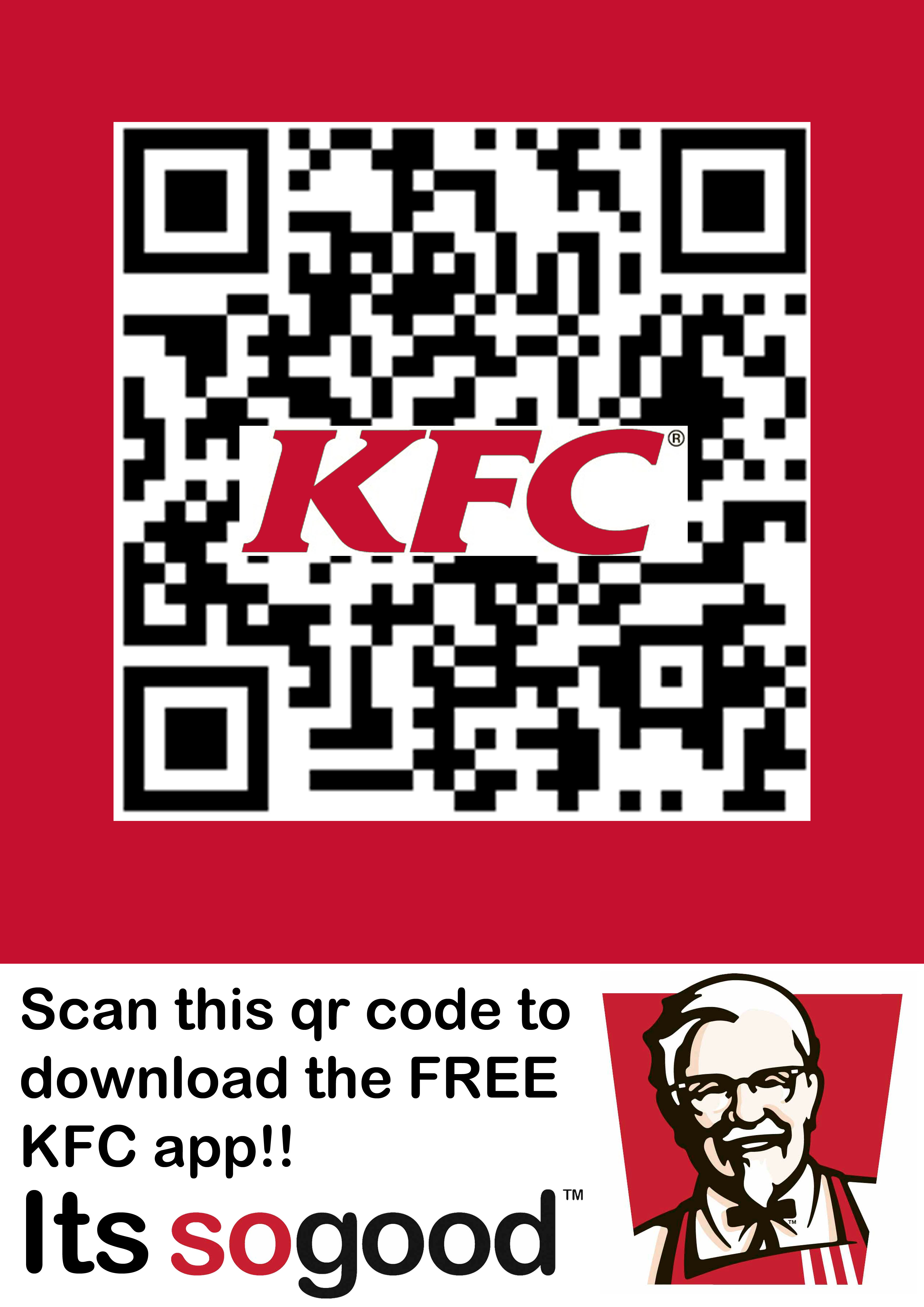As consumers continue to want more information when they shop, the mobile screen has become increasingly important. Providing information to consumers while they’re in the store can be done through either an app or a web page, and users can gain access to those through either beacons or a QR code. Currently, the most common way to engage consumers with web content is through QR codes. But how exactly are QR codes used and what is their future?
How do QR codes work?
QR codes are very similar to the typical UPC codes that you see on everyday items. The main difference between a QR code and a UPC code is that a QR code has two dimensions of information. It can hold information both vertically and horizontally. Where as a UPC code only holds information horizontally. This gives a QR code the ability to hold over 100 times more information.
In order for QR codes to be useful, they must be scanned. QR codes can be read by traditional scanners or by the camera on your smartphone. This ability to be read by cameras is what gives QR codes such a wide array of uses.
How can QR codes be used?
QR codes have loads of different uses. They were originally invented to help track inventory on production lines and in warehouses, while they are still being used for that, they are also used in many other ways. In order to use QR codes, you must have a QR code scanning app. I suggest the QR Reader or the Manatee Works QR reader app. Note: If scanning a QR code that is providing mobile wallet content such as a mobile wallet coupon, Apple Wallet can be used to scan these QR codes.
Promotional Materials
QR codes are commonly found on promotional materials due to the fact that they can quickly bring people to a website or landing page, eliminating the need for people to have to type in a URL or search for the link themselves. The QR code may bring them to a YouTube video, Facebook page, or a website that displays more detailed information than what can be found on the poster or flyer.

Encourage App Downloads
This is also a very common use for QR codes. If you see something that is promoting an app you will typically see a QR code that will bring you directly to that app in the App Store. This eliminates the need for people to have to search through the app store trying to find the app. Marketers also hope this encourages more people to download the app and give it a try.
Business Cards/Linkedin Profile
Another place I commonly see QR codes is on business cards. Many people put QR codes on the back of their business cards with the link directing people to their Linkedin profiles. While I see this quite often, I am not sure how effective it really is. Some people say it’s a must have while others say you’re better off without it. Here at PassKit, we integrated the two together. We combined our Linkedin profiles with our mobile wallets to create a Linkedin business card. This can be shared through the QR scanner found within Apple Wallet. Scan mine below to give it a try and create your own.
Event/Airline Tickets
Tickets that use QR codes are becoming much more common. Nearly every airline uses mobile tickets and uses a QR code in order to redeem them. These are extremely convenient because they can be used on your phone or on your watch. The QR code automatically readjusts in order to fit the screen. I have also attended a number of events that have mobile tickets that use QR codes. This is something that will continue to grow due to its security and simplicity.

Mobile coupons/Loyalty cards
Mobile coupons and loyalty cards are continuing to pick up steam as the mobile wallet continues to grow. QR codes are the most popular form of redemption for mobile wallet content. It is simple and easy to use, and employees can easily be trained to redeem mobile wallet content both with a traditional POS scanner or a mobile device.
One example is issuing stamps for digital stamp cards. With tools like the Loopy Loyalty stamper app, merchants can simply scan the QR code on these digital stamp cards and issue stamps to their customers.
Not only are QR codes great for mobile coupon redemption, but they are also a very effective way to promote mobile wallet content. In fact, 87% of consumers expect a coupon when they scan a QR code. So when promoting your mobile wallet content, be sure to promote it heavily through QR codes.
Mobile Payments
While this one is rare and is at war with NFC, we still see QR codes as type of payment method. The recently released WalMart Pay uses QR codes to allow shoppers to pay with their mobile phones. MCX also attempted to release a QR code based mobile payment system but has not yet gained any traction.

Have QR codes proven themselves?
QR codes have continued to face a lot of scrutiny from industry experts who believe they are nothing but an overhyped method of promotion. But even with the hate, QR codes have continued to stand the test of time. We still seem them everywhere we go and we see them continue to grow. QR codes are just getting started when it comes to mobile tickets and coupons and that is unlikely to change anytime soon.
What is the future of QR codes?
The future of QR codes remains heavily unknown. While we know that they are most likely here to stay has a redemption method for coupons and tickets, QR codes as a promotional tool may be getting replaced by newer technology such as beacons.
Will beacons replace QR codes?
As the Physical Web continues to grow, the need for QR codes will diminish. The Physical Web allows users to see what is around them through their Physical Web browser. This eliminates the need for users to scan a QR code and also gives the ability to view multiple URL’s at once. Giving them information on everything around them.
Check out this video showing how QR codes will be replaced by the Physical Web.
Will NFC replace QR codes?
Some people believe NFC is more effective than QR codes. While this is definetly true when it comes to mobile payments, it isn’t as true when it comes to marketing. NFC and QR codes are nearly identical when being used for promotional purposes, beacons will most likely eliminate both. Beacons are by far the strongest form of technology for mobile marketing and are projected to grow by 10x in 2016.
Should I use QR codes?
When it comes to promoting mobile content, QR codes are a good way to go. They are still relevant and will continue to be for quite sometime. However, if you want to stay ahead of the game and prepare for the future, you should begin to adopt beacons and the Physical Web. All signs point to those being the future of interactive mobile marketing.

















